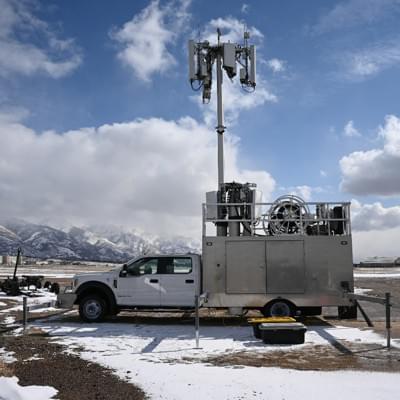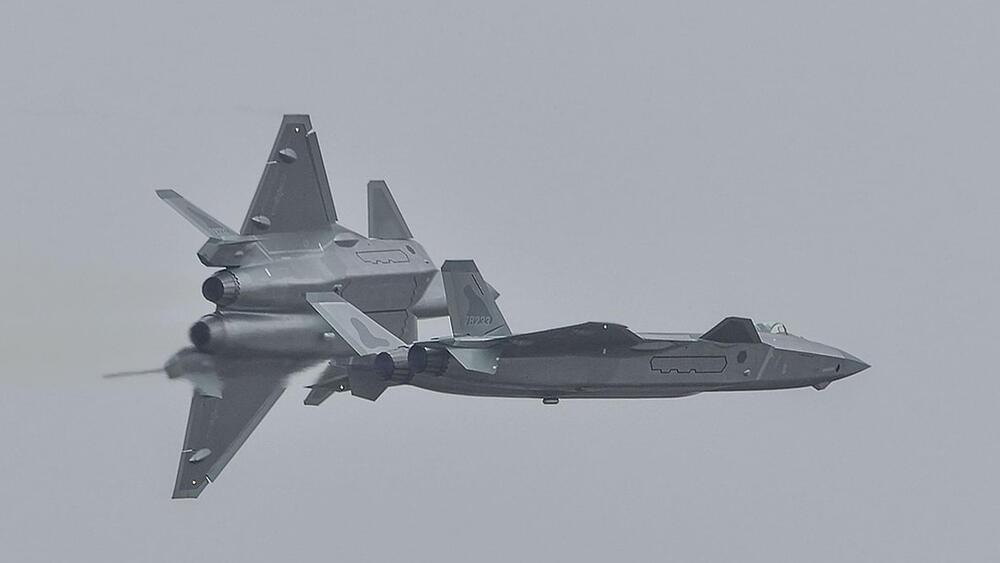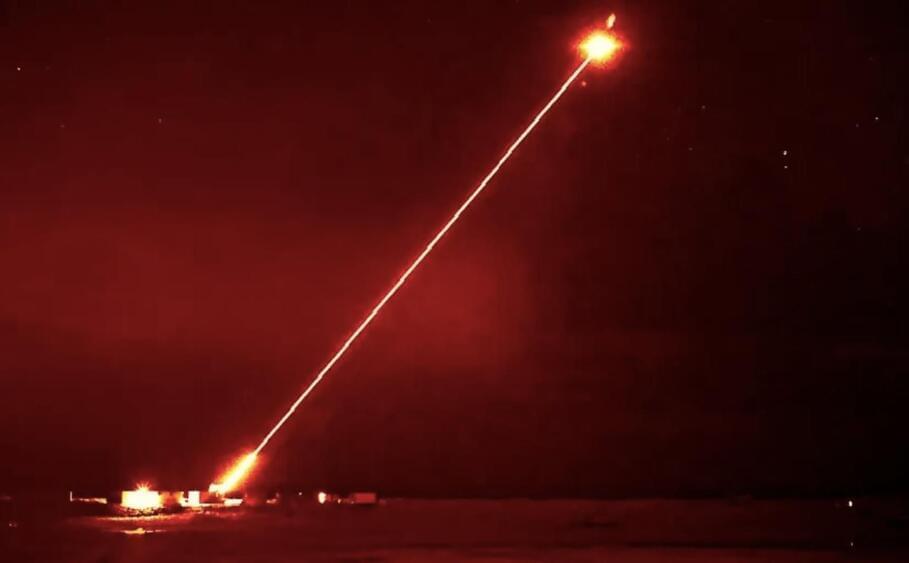Nov 29, 2024
Military bases can use private 5G networks, Pentagon says
Posted by Saúl Morales Rodriguéz in categories: internet, military
The Defense Department has released a new strategy document that gives global military installations the ability to use private 5G networks if such solutions best meet their mission needs.
The Pentagon’s private 5G deployment strategy, which was signed on Oct. 16 and publicly released on Tuesday, outlined the operational requirements that must be met for DOD bases to embrace private networks instead of commercial high-speed solutions.
In a foreword to the guidance, DOD Acting Chief Information Officer Leslie Beavers called the new document an addendum to the department’s 5G strategy and implementation plan that were released in 2020. That previously issued guidance outlined the need for DOD to leverage the use of “private, hybrid and public 5G networks” to enhance its operational and data-sharing capabilities across the globe.

















